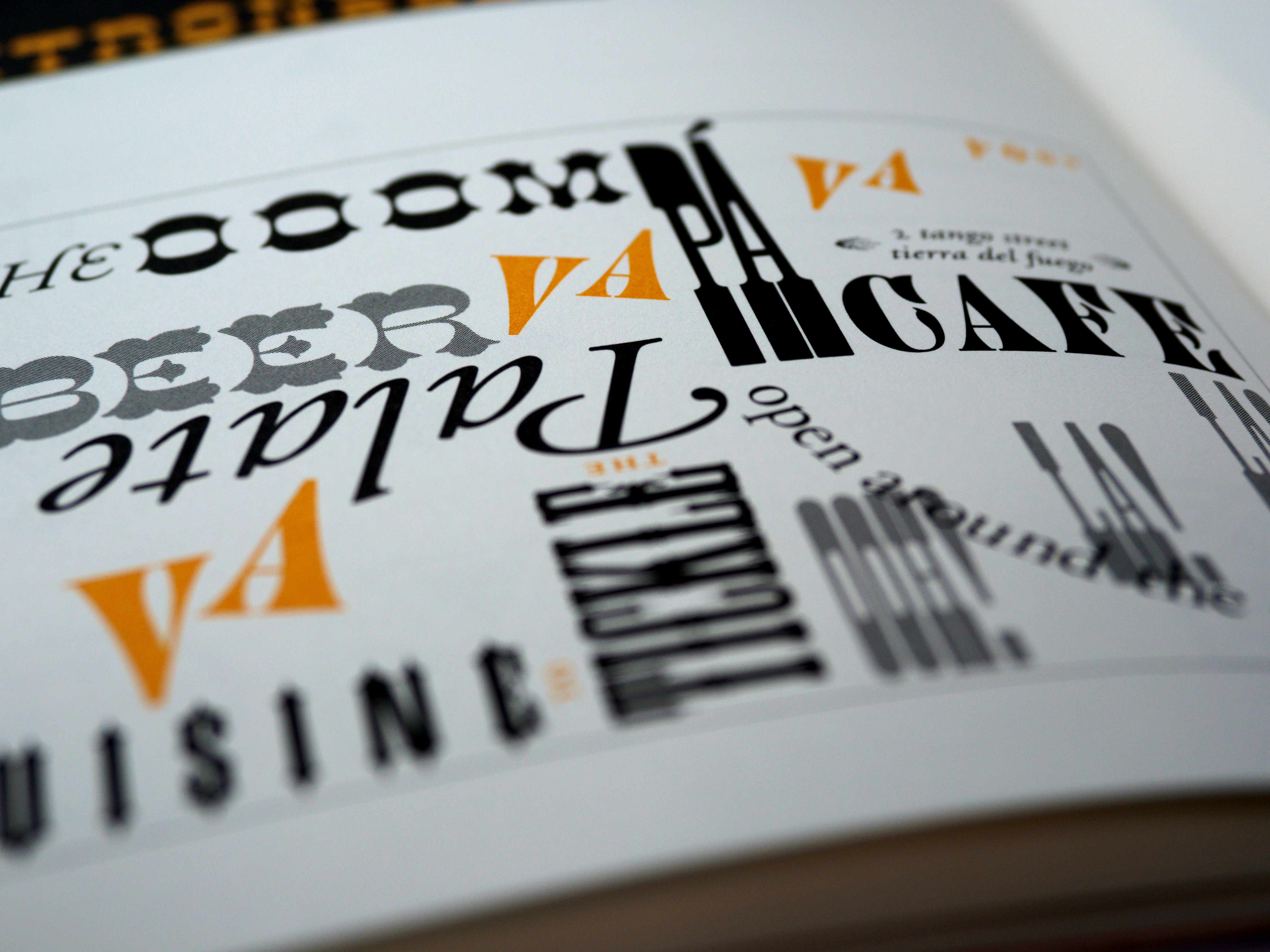Finding the best font for your next design project
Some tips for how to choose the right font in an effective way.

The importance of the right font
Typography is an important aspect of design and one that should not be overlooked. By taking the time to choose the right font, you can create a more impactful and memorable design. And with so many great options out there, there's no excuse not to explore! So get out there and start finding some amazing fonts!
Narrow Down and set the Font Style
A font's job is to help communicate the message of a design, and because different fonts set different tones, it's key to choose one that works with the mood of your project. For example, serif fonts look classic and traditional while sans serif fonts come across as more modern or even minimalist. So the first step is to decide what font style you need.
Some designers like to have a lot of options to choose from, while others prefer to narrow their choices down from the start. Typewolf is a great resource for finding new fonts, and they even have a handy tool that lets you filter by style. So if you know you want a sans serif font, you can easily find dozens of great options in just a few clicks.
Once you've found a few fonts that fit the bill, it's time to start thinking about which one will work best for your project. In general, it's best to stick with two or three fonts at most—any more than that and things will start to look cluttered.
Find a font that comes in multiple weights
Next, take a look at the different weights or styles available for each font you found. A typeface with multiple weights gives you more flexibility when designing your hierarchy, as you can use lighter fonts for headings and bolder fonts for subheadings or body copy. Make sure to choose a high-quality font that includes plenty of character options, such as ligatures, swashes, and alternates. This will give your design a richer, more dynamic look.
Get inspired
It might be difficult and time-consuming to discover typefaces. My favorite resources for finding typefaces are Typewolf and Fonts in Use, which feature some of the greatest web typefaces available. Typewolf includes articles that help you understand different types of fonts and how to use them in your designs, while Fonts in Use showcases some of the best uses of typefaces from famous brands and films.
If you’re starting your search for a new typeface from scratch, Typography Deconstructed is an excellent resource that breaks down popular logos and reveals which fonts they used. Another great option is WhatTheFont, which allows you to upload an image with text and receive back font suggestions.
Once you start finding fonts you like, be sure to save them for future reference. I recommend maintaining a folder (either physical or digital) where you can keep track of all the typefaces.
And when you're ready to start shopping for fonts, take a look at these great type foundries:
- Vllg
These are only a few of the great places to buy fonts. With some exploring, you'll undoubtedly find the best font for your next project!
Test your font before buying
Several type foundries offer free trials of their fonts when you sign up with your email. This allows you to test out the latest fonts before purchasing them.
When you've chosen a font that you like, spend some time looking into it thoroughly. The little things make all the difference when it comes to typography, so study each character and see how it's made. Is the 'a' tall or short? Are the serifs thick or thin? How does the font appear in different point sizes? Taking your time to really look at a font can help you decide whether or not it's appropriate for your project.
Summary
- Consider the tone of your project. Different fonts convey different messages, so it's important to choose one that fits the overall tone of your project.
- Find a font that is high-quality with various character options. A great font will have multiple weights (light, regular, bold) as well as extra features like italics and small caps. This provides you with more versatility when it comes to constructing your verbal hierarchy.
- Get inspired by other websites. Typography is everywhere, so take some time to browse sites like Typewolf and Fonts in Use to see what other designers are doing.
- Explore different type foundries. There are dozens of great places to find fonts, so take some time to explore all the options. Once you find a few that you like, save them for future reference.
- Once you've found a few fonts you like, save them for future reference. This will make it easier to choose the perfect font when you're ready to start your next project.
With these tips in mind, you should be well on your way to choosing the perfect font for your next project! Happy designing!